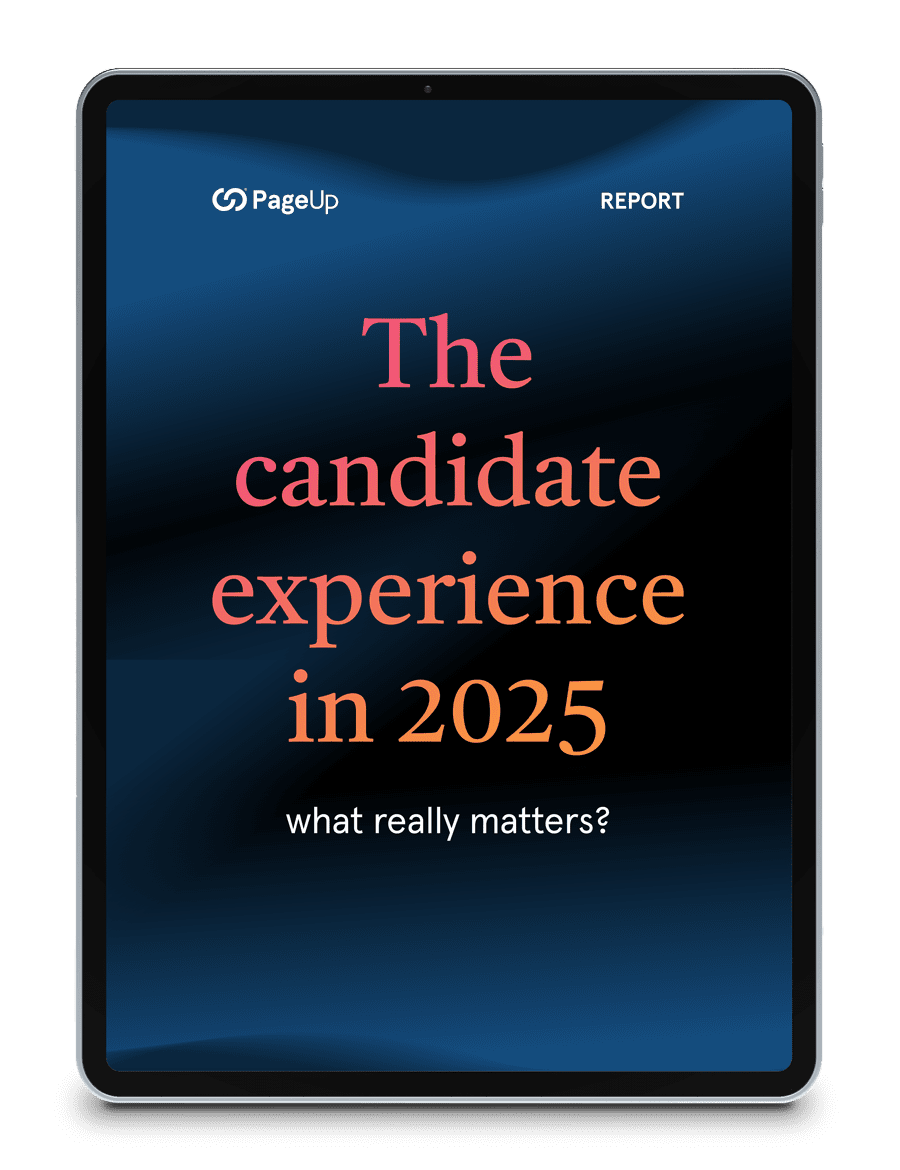The last decade has brought major changes and challenges to the higher education landscape. With reduced government funding forcing many institutions to fundamentally shift their business models, HR systems have had to adapt to support a changing workforce. Consider the higher education landscape at the present moment and you’ll notice some common themes appear: limited resources available to HR departments, compensation concerns, and limited long-term job security. With rollbacks in government funding meaning hiring head counts are tighter than ever, how can HR professionals adapt to attract and retain the best talent?
Just because the employment landscape for higher education has shifted in the past decade, that doesn’t mean HR processes need to suffer. Here are four ways HR approaches in higher education institutions have changed over the last decade, and how you can leverage these changes to improve your talent management processes.
1. Digital transformation
With the higher education landscape in a state of flux, HR plays a crucial role in supporting emerging and changing talent frameworks. This need for flexibility goes hand-in-hand with the digital transformation higher education HR is currently experiencing. Once tied down with time-consuming manual processes, operational and compliance-based activities are now becoming automated to allow more time for strategic work. Free from manual processes, human resources professionals can focus on the needs of their institution in a shifting industry landscape.
Automating processes is not the only way digital transformation drives efficiencies in people management. Providing digital-first experiences is now becoming increasingly important not only for students but also for university staff and academics. From learning management systems to automated workflows, technological tools are empowering the effectiveness and success of faculty members.
“Another change we are seeing is more automation on the recruitment side: higher education institutions are becoming far more sophisticated in their recruitment efforts,” says Rebecca Skilbeck, Head of Consumer Research and Insights at PageUp.
“Providing digital-first experiences is now becoming increasingly important not just for students but also for university staff and academics.”
For adjunct professors and contingent faculty, technology allows for strong onboarding and training programs to get them up to speed at short notice. For academic leaders, reviewing and coaching faculty member performance is made simple with integrated performance management solutions and goal-oriented learning management systems.
2. Emphasis on faculty learning
As organisationsorganizations dedicated to learning and development, it’s ironic that higher education institutions are falling behind when it comes to offering these opportunities for their staff. In fact, when they’re not in the business of educating students, universities rank around the bottom quartile for “learn and grow” employee opportunities compared with other industries in the U.S., according to a recent Gallup survey. This survey found that only four out of 10 higher education staff and faculty strongly agreed that in the past year they had opportunities at work to learn and grow.
To fill this gap, higher education institutions are beginning to focus more on learning and development programs for employees. “Universities have very good educational systems to educate their pupils but they don’t necessarily have good systems to educate faculty staff and admin,” says Skilbeck. “Universities are now asking, ‘How do we actually do learning and development for our staff?’, and they’re figuring that out for each different cohort. This is a change that’s still occurring.”
“Universities have very good educational systems to educate their pupils but they don’t necessarily have good systems to educate faculty staff and admin.”
3. A focus on employer branding
In an increasingly competitive higher education landscape, institutions are realising that attracting top talent requires strong employer branding. Articulating the things that make an organisationorganization a great place to work is especially necessary for institutions that may exist in remote locations.
“How do those who are in less geographically desirable areas still get the people?” Skilbeck asks. “Institutions are starting to focus more on employer branding and how they attract the staff they want when they are in a less preferable location.”
Read more: Articulating your institution’s employer brand
Universities looking to attract top candidates should think about how to articulate the best aspects of their institution, then make sure external touchpoints like their website and recruitment processes reflect that. This will help align your institution with its employer brand, allowing you to put your best foot forward in a competitive job market.
4. GlobalisationGlobalization of higher education
In the last century, U.S. institutions dominated the higher education world. Nowadays, universities the world over are competing for both student and faculty talent on a global playing field. With overseas institutions spending large amounts of capital to lure top talent from the U.S., HR practitioners have to work even harder to appeal to candidates by incorporating international opportunities into their employer brand.
HR practices have had to adapt to focus on the candidate journey, and institutions should now consider how to incorporate academic mobility and view their mission in international terms. According to Skilbeck, taking a global-first approach to talent management is necessary when managing the international needs of academic talent.
“HR practitioners have to work even harder to appeal to candidates by incorporating international opportunities into their employer brand.”
“When you become an expert in your field it becomes quite a small global community: if you want to get to the top of your field, you need to have a willingness to live and work overseas as opposed to just staying domestically,” says Skilbeck.
To remain attractive to a globally mobile talent pool, some U.S. institutions have partnered with institutions in other countries to offer academics, faculty staff and students opportunities to study and work abroad. Others have set up their own branch campuses overseas. Consider if your talent management processes are flexible enough to adapt to a workforce that’s increasingly unconstrained by institution or geography.
The last decade has heralded major shifts in the higher education landscape, which has in turn forced HR processes to adapt in-step to these changes. While the industry is currently in a state of flux, HR practitioners that can understand these trends and leverage technology to enhance the employee experience will be well-placed to weather any challenges the future holds.
Fresh insights for HR
Stay up to date with HR trends, tips and more when you sign up for our industry newsletter





